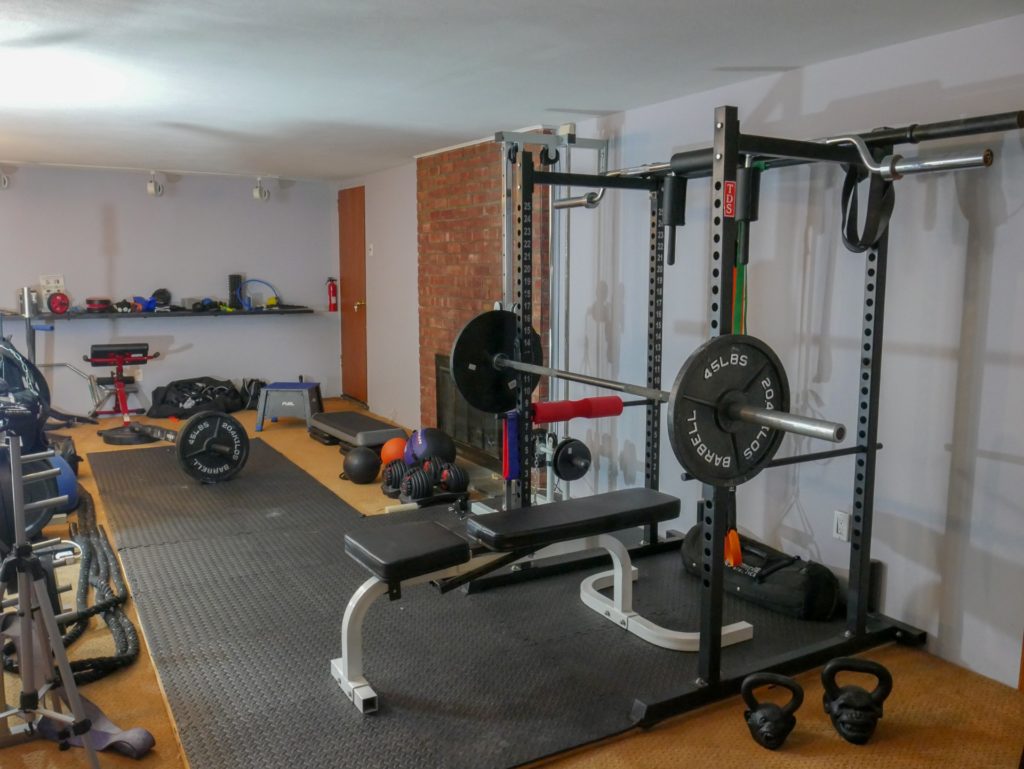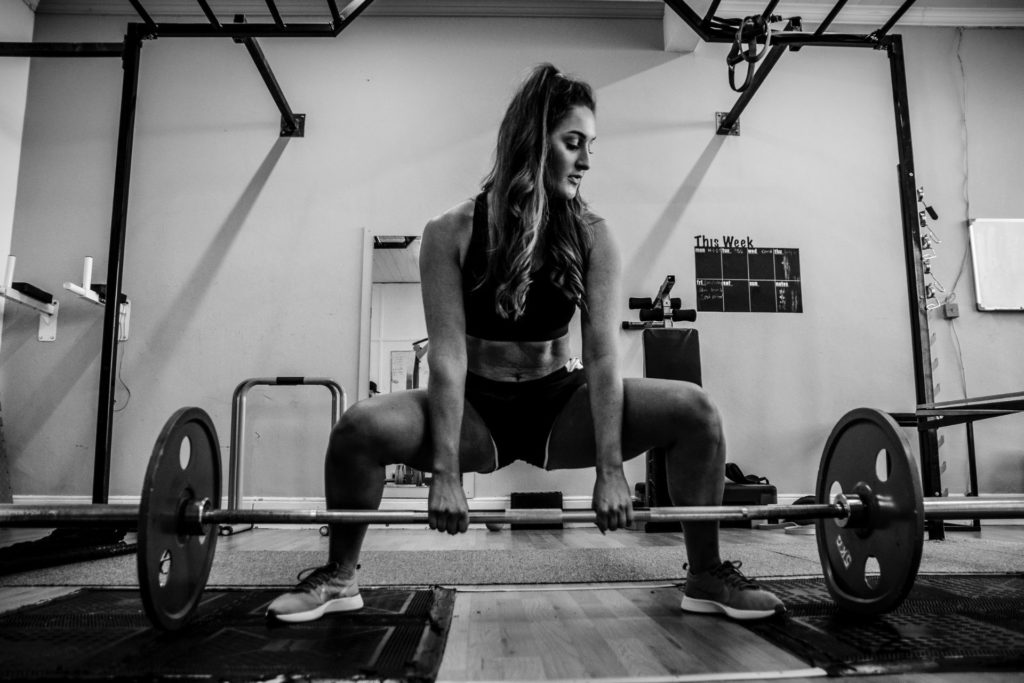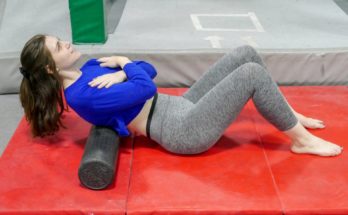
Nothing beats a good basement gym!
Many people are confused about the differences between cardio and lifting weights/resistance training. It is important to understand each of these fitness tools and see the benefits of both. The positive effects of resistance exercise are undeniable and cannot be neglected.
Often someone who has never exercised

Obesity is the largest contributor to health complications. If you are overweight the primary goal should be to lose weight. Losing weight can be done strictly by diet. If you begin to lose weight, then most health metrics will improve. Weight loss and the aesthetic result of it can be expedited with exercise.
Aside from losing weight, exercise can have many benefits. One of these benefits is improving heart function. According to some studies, you can greatly increase cardiovascular health by leading a relatively active life, moving, walking, etc. But living a healthy life and improving cardiovascular health might not always lead to weight loss.
How it Works

Weight loss is a component of caloric expenditure. Let’s say you weigh 150 lbs. At 150 lbs there is a base number of calories you need to consume in a day in order to maintain this weight. This is your base metabolic rate. If you consume less than this amount, you will begin to lose weight. If you consume more than maintenance you will begin to gain weight. This is cumulative and happens off the course of days and weeks.
Caloric Expenditure is a component of heart rate! The higher your heart rate the more calories you will burn. Our bodies adapt to exercise, and this is where plateaus come in. As we adapt to one form of exercise it becomes easier for our bodies to perform and our heart rate might not get as high. Therefore we burn fewer calories! This is where the differences between lifting and cardio start to come in.

Your body needs energy to perform. Your body has several energy systems in place to help produce energy for activity. The systems that are used for cardiovascular activity are different than the systems used for lifting the weight, and therefore performing cardio will improve the cardio energy systems, resistance training will improve the strength-based systems.
Cardiovascular exercise burns calories and improves heart function. Lifting weights and resistance training burns calories and improves heart function. So what’s the difference? What should you do?
Cardiovascular Exercise

Cardiovascular exercise is generally performed in a range of 65% of your estimated maximum heart rate. This is the recommended “Fat Burning Zone”. (You can calculate your estimated max heart rate: ‘Your Age’ – 220= Estimated max heart rate). Unless your running sprints or interval training, the number of calories you burn will be limited by your heart rate. You will need to compensate for a lower heart rate by performing more cardio more often, or including higher intensity bursts of training.
The reality is cardio will most likely not lead to muscle or strength gains. While it’s important to lose weight and strengthen our heart for our overall health, our time invested should be efficient. Unless you are a runner or are training for an endurance event, the benefits of weight lifting cannot be overlooked.
In order to determine what heart rate range you should train in, it’s a good idea to perform a cardiovascular assessment to get an idea of a safe place to start.
Resistance Training

Lifting weights will cause your body to gain muscle. Muscle improves metabolic function, and the more muscular you are the more calories you burn doing nothing throughout the day! Putting on muscle will improve the shape and quality of your physique and will help you look good as you lose weight.
Performing the correct exercises will begin to correct muscular imbalances acquired throughout life. Performing too much of the wrong exercises, or one type of exercise can CAUSE imbalances and problems, however. In older adults, lifting will preserve much needed lean body mass and help to improve bone density.
If the weight chosen for your exercises is appropriate, you can easily approach your heart rate max during sets. Most of your caloric expenditure will always come from your base metabolic rate, however, and caloric burn during resistance training is minimal.
Does Lifting make me bulky? This is a common concern for people who think resistance training is only for meatheads. Your rep scheme, tempo, exercise selection, and programming will determine the result of your aesthetic gains. You can read more about how what your doing will affect how you’re going to look in this blog post.
Although there appear to be more benefits to weight lifting, our bodies can adapt to that as well. Although we can scale resistance training indefinitely by adding more weight, the higher the weight, the more risk of injury. It is important to include a healthy mix of both cardio and resistance training so we can get the benefit of both, and train ALL of our bodies energy systems.



